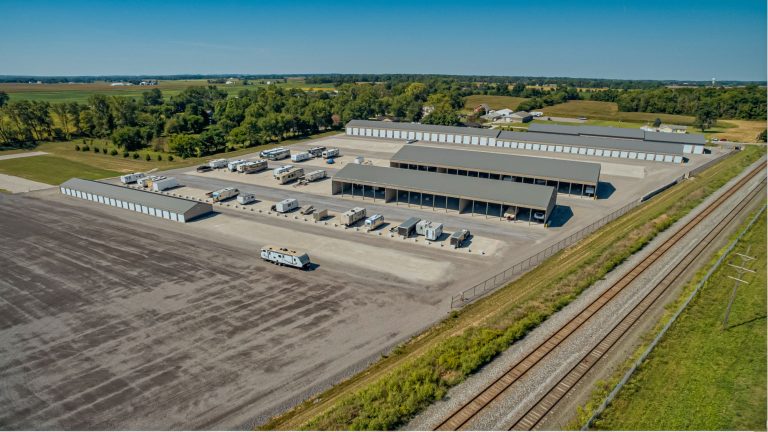What is an Eyebrow Transplant? Complete Guide
An Eyebrow transplant, also known as eyebrow restoration or eyebrow reconstruction, is a cosmetic procedure that involves transplanting hair follicles from one area of the body to the eyebrows. The goal of the procedure is to add density and shape to the eyebrows, giving them a more natural and youthful appearance.
How is the procedure performed?
The procedure typically begins with the selection of the donor area, which is often the scalp. The hair follicles are carefully harvested from the donor area using a special technique, such as Follicular Unit Extraction (FUE) or Follicular Unit Transplantation (FUT). Once the hair follicles have been harvested, they are then transplanted into the eyebrow area in a pattern that mimics the natural growth of eyebrows.
The procedure is performed on an outpatient basis, with the procedure taking several hours to complete. Local anesthesia is used to numb the area, so the patient should not feel any pain during the procedure.
Recovery and Results
After the procedure, the transplanted hair will fall out within a few weeks, but new hair will begin to grow in its place within a few months. The final results of the procedure can take up to a year to fully develop.
Risks
There are a few risks associated with eyebrow transplants, including infection, bleeding, and scarring. However, these risks are generally considered to be low. The transplanted hair may also grow at a different rate or texture than the original hair, which can result in uneven eyebrows. Additionally, the transplanted hair may not be able to grow as long as the original hair, which can result in shorter eyebrows.
Choosing a Surgeon
It is important to choose a qualified and experienced surgeon when considering an eyebrow transplant. They will be able to provide you with more information on the procedure, the risks involved, and the expected results. Additionally, they will be able to create a customized treatment plan that is tailored to your individual needs and goals.

What are the Options available for Eyebrow Transplant?
There are a few options available for people who are looking to improve the appearance of their eyebrows. Some of the most common options include:
- Eyebrow Transplants: As discussed earlier, an eyebrow transplant is a cosmetic procedure that involves transplanting hair follicles from one area of the body to the eyebrows. This procedure can add density and shape to the eyebrows, giving them a more natural and youthful appearance.
- Microblading: Microblading is a semi-permanent tattooing technique that uses a manual handheld tool to create hair-like strokes. This technique can be used to fill in sparse or thin eyebrows, giving them a fuller and more defined appearance.
- Micropigmentation: Micropigmentation is similar to microblading but uses a machine instead of a manual tool. The procedure involves injecting pigment into the skin to create the appearance of hair. This technique can be used to fill in sparse or thin eyebrows, giving them a fuller and more defined appearance.
- Topical Treatments: There are various topical treatments available that claim to promote hair growth in the eyebrows. These include serums, growth factor-based creams, and minoxidil-based products.
- Makeup: For people who have minimal hair loss or sparse in their eyebrows, makeup can be used to fill in and shape the eyebrows.
It’s important to note that before choosing a treatment, it’s recommended to consult with a qualified and experienced surgeon or practitioner to determine the best course of treatment for your specific needs and goals.
What is the Aftercare of in Eyebrow Transplant?
After an eyebrow transplant, it is important to follow proper aftercare instructions to ensure proper healing and optimal results. Here are some general aftercare guidelines:
- Keep the transplanted area clean: The transplanted area should be kept clean to prevent infection. The surgeon may provide specific instructions for cleaning the area.
- Avoid touching the transplanted area: It is important to avoid touching, scratching or rubbing the transplanted area as this can cause the newly transplanted hair follicles to become dislodged.
- Avoid direct sunlight: The transplanted area should be protected from direct sunlight for at least two weeks after the procedure.
- Avoid strenuous activities: Strenuous activities such as heavy lifting and intense exercise should be avoided for at least two weeks after the procedure to minimize the risk of bleeding and swelling.
- Avoid smoking and drinking alcohol: Both smoking and drinking alcohol can impede the healing process and should be avoided for at least two weeks after the procedure.
- Avoid using certain medications: Some medications such as blood thinners and anti-inflammatory drugs can impede the healing process and should be avoided for at least two weeks after the procedure.
- Apply any ointment, cream or oil as directed by your surgeon: The surgeon may apply antibiotic ointment or other topical treatments to the transplanted area to promote healing and reduce the risk of infection.
- Follow-up visits: Your surgeon may schedule follow-up visits to monitor your healing and to check on the progress of the transplanted hair.
Conclusion
Overall, eyebrow transplants can be an effective way to improve the appearance of thin or sparse eyebrows. The procedure is generally safe and well-tolerated, and the results can be quite natural-looking. However, it is important to keep in mind that the procedure is not without risks and that the final results may take several months to fully develop. It’s important to consult with a qualified and experienced surgeon who can advise you on the best course of treatment for your specific needs.




